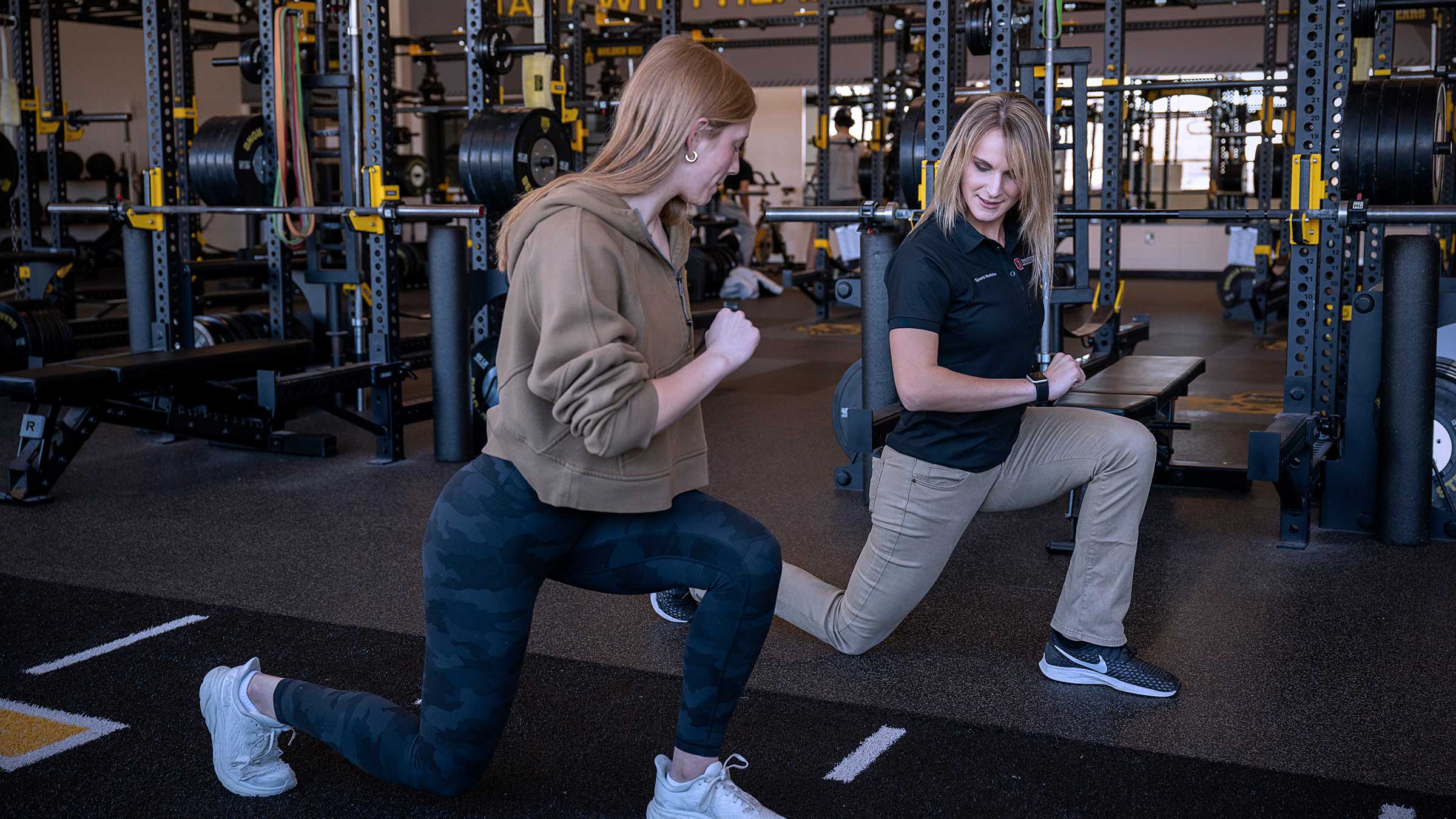Comprehending How Sudden Injuries Alter Sporting Performance Mechanics
Wiki Article
Acute injuries are sudden injuries that can happen during sports or fitness activities. These traumas can greatly impact an athlete's performance and overall health. Frequent examples of acute traumas include twists, fractures, and pulls. They occur rapidly and frequently arise from incidents, such as tumbles, collisions, or incorrect movements. Understanding how these injuries affect sports capabilities dynamics is crucial for athletes, coaches, and medical providers who work with them.
When an athlete experiences an sudden injury, the prompt effects can be quite severe. Pain and inflammation are frequent symptoms that can limit movement and capability. For instance, a basketball athlete who injures an ankle may find it painful to move or run. This limitation can lead to a decrease in ability, as players may struggle to perform at their usual capability. Additionally, the mental effects of an injury can also play a factor. Athletes might feel anxious or apprehensive about coming back to their sport, which can additionally influence their performance.
Rehabilitation from an acute injury involves several stages, including recovery, therapy, and incremental re-entry to performance. The initial focus is often on controlling pain and swelling. Medical professionals may recommend ice, bandaging, and elevation to help with recovery. Once the acute stage has ended, therapeutic activities become crucial. These activities help regain power, elasticity, and extent of motion. Athletes need to follow a systematic recovery plan to make certain they come back to their sport safely and effectively.
The long-term effects of acute injuries can vary. Some athletes may recover fully and return to their previous performance levels, while others may face persistent difficulties. Ongoing discomfort or fragility neurological physical therapy can emerge if an trauma is not properly treated. This situation can lead to a cycle of re-injury or compensatory injuries in other parts of the body. It is crucial for athletes to be patient during the recovery process and to collaborate closely with medical professionals to tackle any remaining concerns.
In conclusion, acute injuries can dramatically change how athletes perform in their sports. The immediate physical and psychological effects can hinder ability and self-assurance. Recovery involves careful management and rehabilitation to ensure that athletes can securely return to their sports. Comprehending the dynamics of acute injuries can help everyone participating in athletics—from players to trainers to healthcare professionals—support those affected and encourage a secure re-entry to sporting ability.
